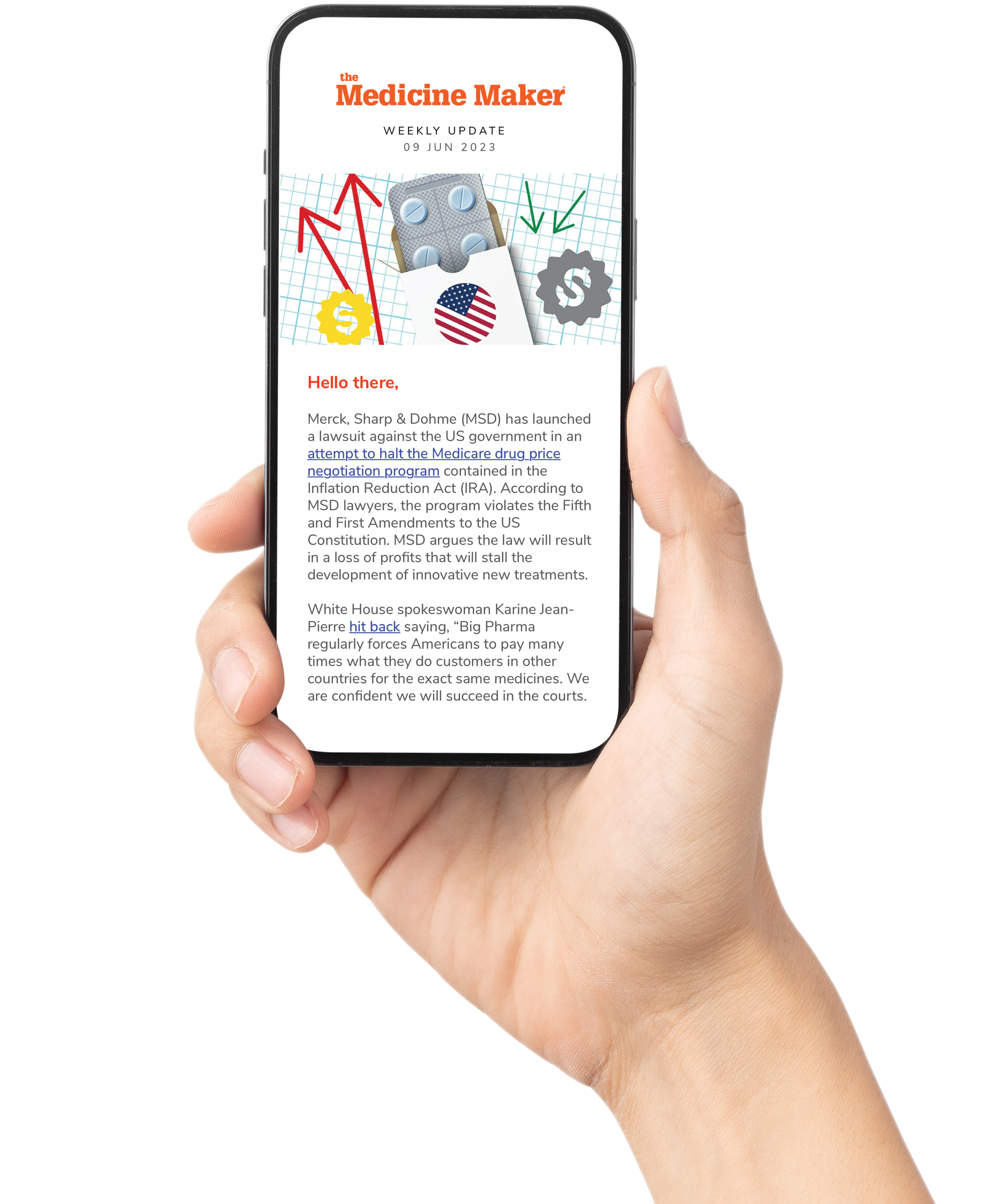
The pharmaceutical industry stands at a defining crossroads. Decades of spiraling costs, lengthy development timelines, and staggering clinical failure rates have left drug development ripe for transformation. Artificial intelligence is finally delivering on that promise. By fusing mechanistic models with machine learning, AI-driven biosimulation platforms can rapidly predict how drugs will behave in the human body, enabling smarter decisions earlier in development.
This isn’t just incremental progress; it’s a fundamental shift that can cut years and hundreds of millions of dollars from the development cycle. But there’s a catch. If patients, regulators, and the broader public don’t trust the AI guiding these decisions, then speed becomes irrelevant. Acceleration without credibility risks undermining both safety and adoption. Thus, transparency must become the defining feature of AI in drug development.
The cost of opacity
Traditional drug development has always relied on models to reduce uncertainty, whether through animal studies, cell assays, or computational predictions. The difference now is that AI platforms are being asked to take on more central, high-stakes roles in decision-making. That raises a critical challenge: many AI models function as “black boxes.” They generate predictions without always making it clear how those predictions were reached.
If a model says a candidate drug will be safe, stakeholders must know why. If a platform suggests abandoning a therapy with potential, scientists must be able to interrogate that reasoning. Otherwise, trust erodes, and adoption slows. This isn’t a theoretical concern. Patients, advocacy groups, and regulators are rightly skeptical of any process that seems to conceal or oversimplify critical judgments about risk. If a therapy developed through opaque AI systems later causes harm, the backlash could be profound, stalling not just one company’s work but the entire field of AI-driven therapeutics.
In other words, the biggest threat to progress is not technological, it’s cultural. AI already has the ability to transform how we discover and test new medicines. What’s missing is the collective willingness to demand and deliver transparency as a first-order priority.

What is transparency?
Transparency doesn’t mean publishing every line of code or sharing proprietary training data. It means designing AI systems that make their reasoning interpretable, reproducible, and auditable. To enhance accuracy, the most effective approaches combine mechanistic biological modeling (representations of how drugs interact with human systems at multiple scales) with machine learning and AI. This hybrid strategy allows predictions to be explained in human, biological terms. Rather than delivering a black-box answer, the model can show how it weighed metabolism, tissue distribution, or receptor binding to reach its conclusion. That distinction between “trust us” and “here’s the evidence” is essential. Transparency must be treated as a deliberate design choice, not as an afterthought.
Encouragingly, regulatory bodies like the FDA are already emphasizing model-informed drug development and issuing guidance on the responsible use of AI. They recognize that AI's promise must be matched by accountability. Transparency makes it possible for regulators to evaluate systems, sponsors to defend their decisions, and patients to feel confident that innovation is not cutting corners. This regulatory momentum strongly incentivizes companies to invest in interpretable AI. Those who fail to do so risk being locked out of future approvals – or worse, facing resistance from the very patients they aim to serve.
Transparency matters because medicine is, at its core, a social contract. Patients participate in clinical trials, regulators grant approvals, and society reimburses innovation because of a shared belief that safety and efficacy are being pursued with rigor. That belief cannot survive if the processes guiding new drugs are viewed as impenetrable or arbitrary.
Building trust means engaging patients and the public in the conversation about how AI works in drug development. It means showing, not just telling, that these tools are designed to enhance safety, reduce unnecessary animal testing, and accelerate access to lifesaving therapies. It also means creating avenues for independent validation, so external experts can confirm results.
The real promise of AI
AI’s ability to fast-track new medicines is extraordinary. Imagine shaving years off the timeline for developing a therapy for rare diseases, where every day matters to patients with no other options. Picture reducing the need for animal studies by simulating human biology more accurately, creating ethical and scientific benefits simultaneously. Consider the impact of lowering development costs, making therapies more affordable and accessible worldwide. These are the stakes. But none of them will be realized if we cannot involve the public. Trust is not a “nice to have;” it’s the foundation of progress.
The future of medicine will be shaped not just by the sophistication of our algorithms, but by the integrity of our approach. The companies that succeed will deliver speed, accuracy, openness, interpretability, and accountability. The regulators that succeed will not just set guardrails but foster confidence in new pathways. And the patients who benefit will receive therapies faster. They will also know that those therapies were developed responsibly.




